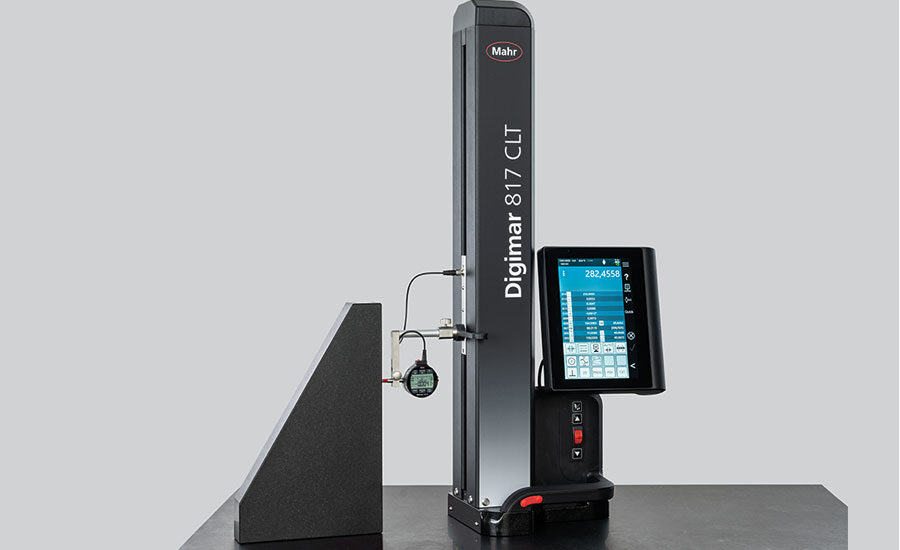
New Products
Sponsored Content
Sponsored Content is a special paid section where industry companies provide high quality, objective, non-commercial content around topics of interest to the Quality audience. All Sponsored Content is supplied by the advertising company and any opinions expressed in this article are those of the author and not necessarily reflect the views of Quality or its parent company, BNP Media. Interested in participating in our Sponsored Content section? Contact your local rep!
closeGet the Quality news and information you need to be successful!
Podcasts
More PodcastsEvents
More Events-
21Nov
Products
More Products
HAVE A PRODUCT TO PROMOTE?

Fill out the product name below!

























